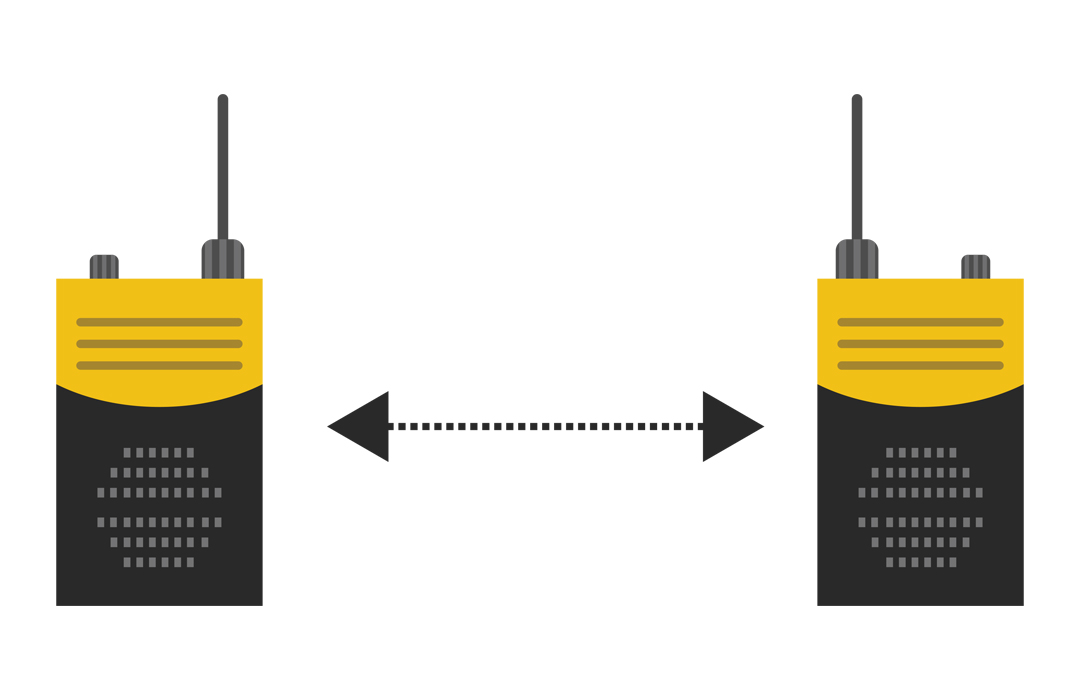THE FALLING NUMBER CONUNDRUM
BY ALYSSA MISTELBACHER
Western Canadian crop quality is a hot topic. An exceptionally wet September delayed harvest across the Prairies. Western Canadian wheat quality suffered, with falling numbers lower than desirable.
Minimum falling number requirements are largely determined by end-users. Millers and food production companies consider it an important measure of grain quality. In the United States and internationally, it has long been an important specification. In recent years, a minimum falling number has become a fine-print condition of many western Canadian wheat contracts.
Grain that has begun to germinate or sprout has an increased presence of alpha amylase, an enzyme that breaks down starch in the kernel, feeding the seed as it grows. Its presence is not desirable for bakers producing high-quality breads and baked products.
Falling number measures the amount of active enzyme in the wheat sample and evaluates the degree of sprout damage. It is derived from the number of seconds it takes a plunger to fall through a heated slurry of ground wheat. The greater the amount of enzyme (sprout damage), the thinner the paste and the faster the plunger falls, expressing a lower falling number. When less enzyme is present, the opposite is true, a higher falling number indicates the sample has a lesser degree of sprouting damage.
An adequate falling number is considered an important parameter to produce a high-quality, consistent product. The typical standard for wheat shipments is a falling number of 300 or greater. While 300 is sufficient for most millers, a large proportion of this year’s crop shows falling numbers at or below 200. For perspective, Canadian export shipments averaged 400 in 2018, according to the Canadian Grain Commission (CGC).
Dough made with flour damaged by sprouting holds less water, causing bakers to use more flour to produce their bread, which is a central cost factor. The higher amylase content that corresponds to lower falling numbers also impacts bread texture and structure, typically causing wet and/or sticky dough that is difficult to work with. Lower falling numbers make it harder to achieve consistency in baked goods and creates difficulty in processing.
Doughs higher in sugar and fat such as those that produce cakes and cookies can tolerate lower falling numbers. However, mills often produce flour for many types of products and prefer to avoid using wheat with lower falling numbers.
2019/20 FALLING NUMBER CHALLENGES
Wheat buyer requirements now appear to change daily due to quality variability, with sprouting damage being a major downgrading factor. Companies have difficulty meeting their customers’ falling number specifications. Unfortunately, blending equal portions of 400 and 200 falling number wheat doesn’t produce a 300 falling number.
Falling number is neither an official grading factor in Canada nor has it been historically tested for. Falling number provides grain buyers and millers a better idea of what they’re purchasing. Though the test is a laboratory process not easily done at the elevator, some grain companies started incorporating falling number tests at delivery points starting in 2016. Farmers and elevator companies have shown an unwillingness to pay for testing.
In the past, the industry has used visual grading for sprout damage. However, due to the overwhelming occurrence of sprouted grain this year, line companies are also utilizing falling number on tested samples when purchasing from farmers.
Given the high variability in falling number and overall quality, farmers who know what they have in their bin may gain an advantage when marketing their crop. A higher return is possible when a farmer can deliver wheat that meets end user specifications. In 2019/20, wheat with a 300-plus falling number has intrinsic value. Farmers should build a strategy that ensures they have a reasonable opportunity to get paid for this desirable quality by maintaining segregation and avoiding on-farm blending.
As the grain industry changes across Western Canada, falling number will continue to increase in importance as a factor in determining the value of farmers’ grain.
HERE TO STAY
As falling number is now a standard concern for baking and milling companies, Canadian grain companies are employing minimum falling number in grain purchasing contracts. Causing confusion among farmers, this is being applied in addition to sprouting factor testing mandated by the CGC. Alberta wheat has undergone falling number testing in 2016 and 2019, so it will likely continue to be applied in difficult harvest years. It remains to be seen if CGC will adopt the test as an official grading factor.
Alyssa Mistelbacher is a market analyst with FarmLink Marketing Solutions.







Comments